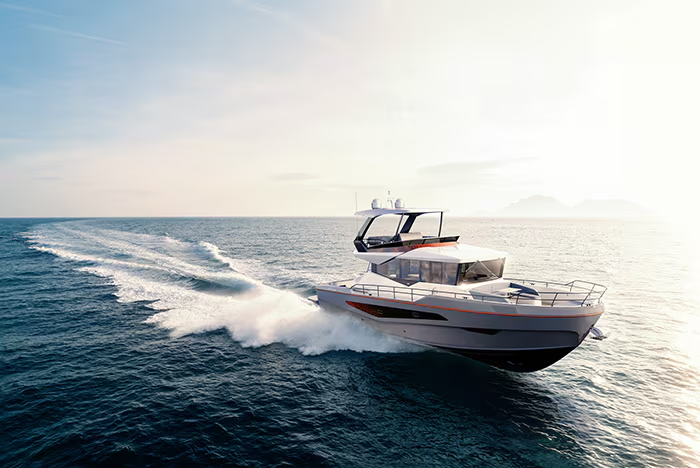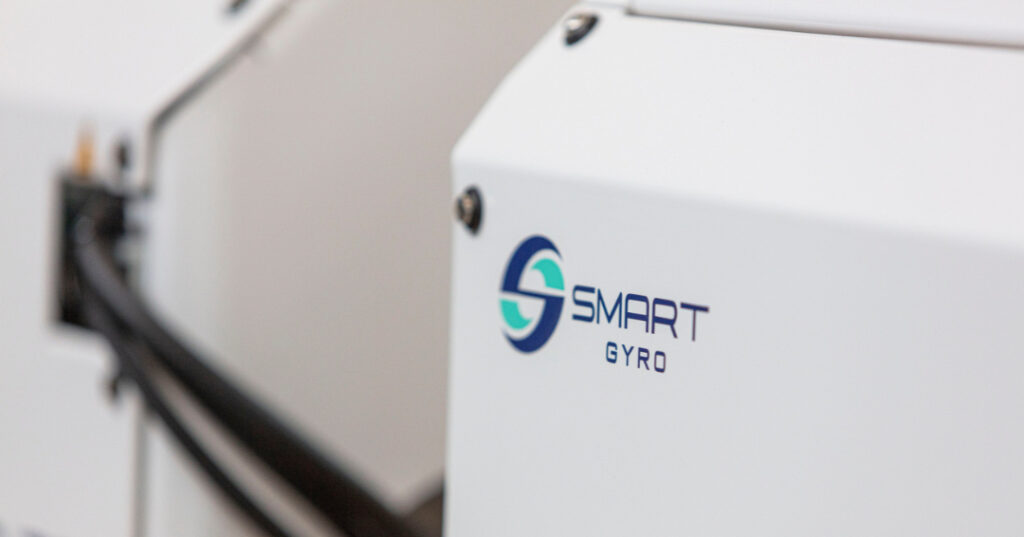Whether you’re picking a generator for your household, the farm or for supporting your equipment on a construction site, picking the right generator for your needs is important. But how do you pick the right one?
Picking the right generator for your needs
Choosing the generator is about more than just ‘diesel or petrol’. The perfect generator for you depends on what you are going to use it for, where you are going to keep it and how much you will use it. As Australia’s home of marine and industrial power, we offer customers world-class brands on both water and on land.
Industrial generators
These come in various sizes and specifications to suit all power supply requirements. They range from offering a wattage supply as low as 2.2kW in the Yanmar YDG2700N and as high as 40kW in the Yanmar YH550DTLS. Depending on your intended use, some models come equipped with options to run in high temperatures and even in dusty and dirty mining environments. The Eniquest Stockman range has been designed specifically for agriculture use, and is ideal for water pumping and irrigation.
Marine generators
These differ from industrial generators by their corrosion and moisture resistant manufacturing. Marine generators are built compact in order to fit in the space constraints of a sea vessel. Their wattage supply ranges from a low 5.5kW in the Mase Mariner 550 and the powerful 186kW of that the Mase Mariner 180T has to offer.

How to measure what your power needs are
Measure the wattage requirements for your electronics can be done by using a watt or power metre, and some maths.
Electrical appliances, by law, must have an energy ratings label. This will generally have the watts, volts and amps information that you will need.
If the watt is not noted, use the formula: W = V x A
If the watt is written as kW, multiply the number by 1000 (1kW = 1000W).
To find the total watt requirements that your generator will need to power, list down the watts of all of the appliances that you are needing the generator to supply power for. By adding up all the watts, you will have a fair idea of how much power you need as a minimum in a generator.
It’s important to also know that when electronics are first turned on initially and start up, some use more watts than their standard running watt amount. This is called the starting watts. Here is a simple household example:
| Appliance / Electronic Device | Running Watts | Starting Watts |
| Microwave | 1,300 | 0 |
| Food Processor | 450 | 1,400 |
| Refrigerator | 550 | 1,350 |
To find your total watt usage, add the total running watts to the highest starting watts:
Total running watts + highest starting watts = total watts required
- (1300 + 450 + 550) + 1400
- 2300 + 1400
- 3700 Watts required
What to look for in generator specifications
Take a look at the Yanmar YDG2700N for example.
First identify if the generator will be used as a Prime Power, meaning it will be used as the primary power sources. Or as a Stand By Power, where the generator will be used as a backup supply for the prime power.
For the YDG2700N, the Prime Power Rating is 2.0 kVA 50Hz.
By using the watt formulas, W = VA and 1kW = 1000W, it’s specified that the generator offers up to 2,000 watts.
- 2.0 kVa = 2.0 kW
- 2.0 kW x 1000 = 2000W
Pick your perfect generator
Using these steps to measure your wattage requirements will show you how to pick a generator for your energy needs. Find out more about our generator range here and get further assistance to guarantee you get the right generator size, reach out to our team today.





